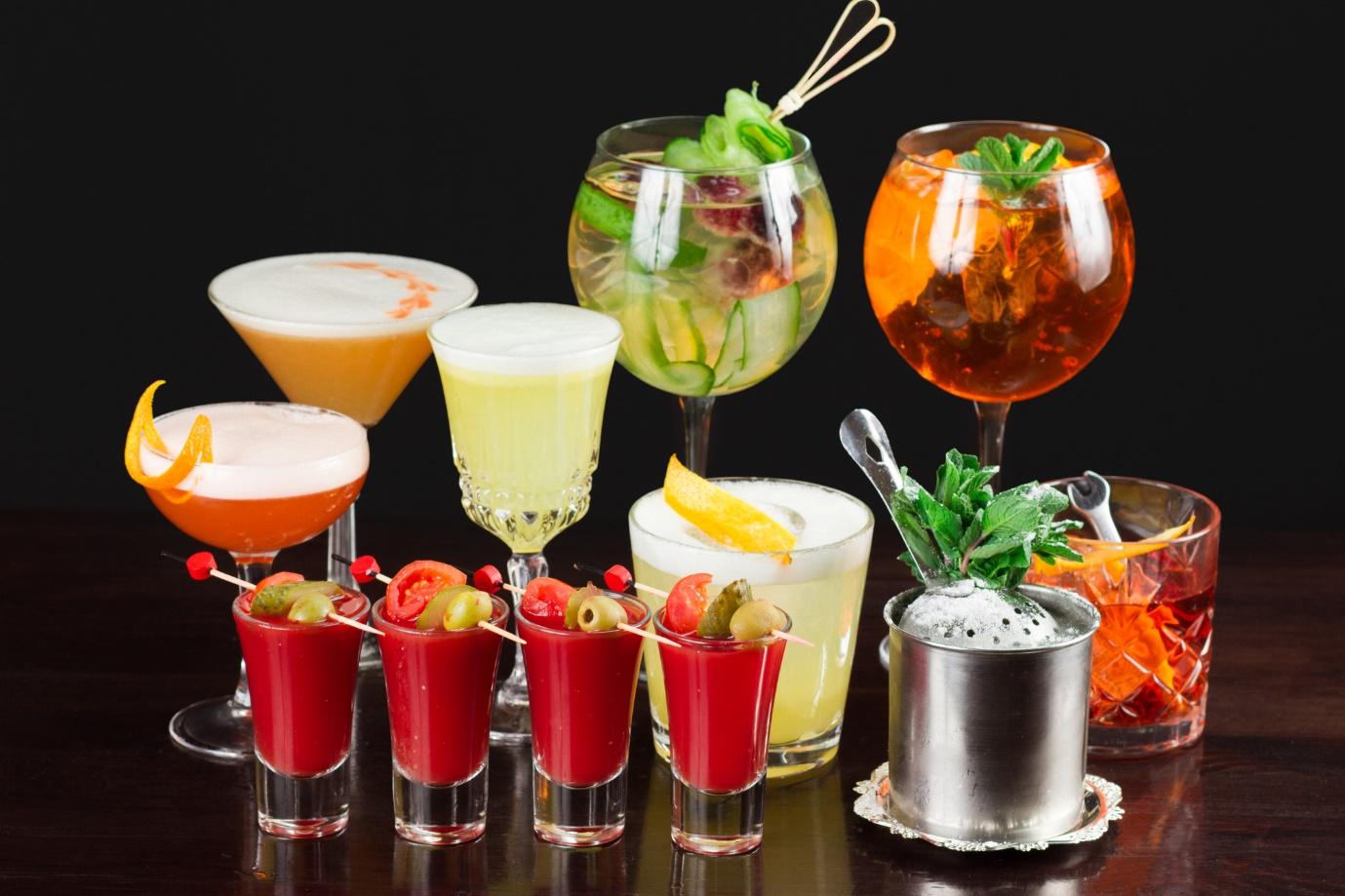You’ve got to admit it; food is much sweeter when you have the right wine as an accompaniment. Matching meals with wine is not a complicated system or rocket science. Whether you will be eating at home or your favorite restaurant, you don’t need to complicate choosing a good bottle of wine to go with your meal. What we will offer you, however, is the basics to help you select something spectacular for each dish you eat.
1. Pair acid and salt
Salty seafoods are best friends with acidic, crisp, refreshing whites because they bring out the saline savorless in your food perfectly. This combination will keep you salivating for more, so be careful. Acidic wines are also perfect for cleansing the pallet, especially when you are eating oily foods such as Indian curry. Pair your acidic whites with other acidic foods to compliment the taste, for example, when eating a salad with vinegar.
2. Keep it simple
Sometimes, all you want is your favorite bottle from your favorite wine store, so don’t let rules and regulations keep you from enjoying what you like. If you are craving a rare selection from boutique wineries, by all means, have that and throw the rules out the window. Choosing a wine you would enjoy is better than choosing food to improve the taste of a wine you don’t like. Another way to keep your selection simple is by selecting a wine to match the most prominent element in the dish. Earthy flavors, for instance, incline towards soft red wine.
3. Look for balance
The weight, body, and richness of both the wine and food play a vital role in getting the perfect match. The bottom line, however, is that the wine and the food should be equal partners without overwhelming each other. Balancing the two guarantees that the pairing will succeed. Have heart wines with hearty meals, and vigorous wines like Cabernet Sauvignon with vigorous foods like lamb chops. The fat used in the food will help you determine its weight, while the color, grape variety, and alcohol level will help you know your wine’s weight.
4. Consider the age
Aged wines naturally have a different texture and flavor, becoming more graceful and delicate as they ages. Fresh fruits, for example, will give you an earthy and savory note, taking more complex, secondary characters. To pair aged wines, always tone down the richness and big flavors in the food to allow the wine to shine. This will enable you to enjoy both the food and the wine without either overpowering the other.The idea behind pairing wine and food is enjoying both in a combination that is balanced. While the rules are not complicated, it’s always best to experiment with what you feel might work so that you can find your own perfect combinations. Make it a fun exercise by trying different flavors with different wines by following the simple rules we have outlined here.


